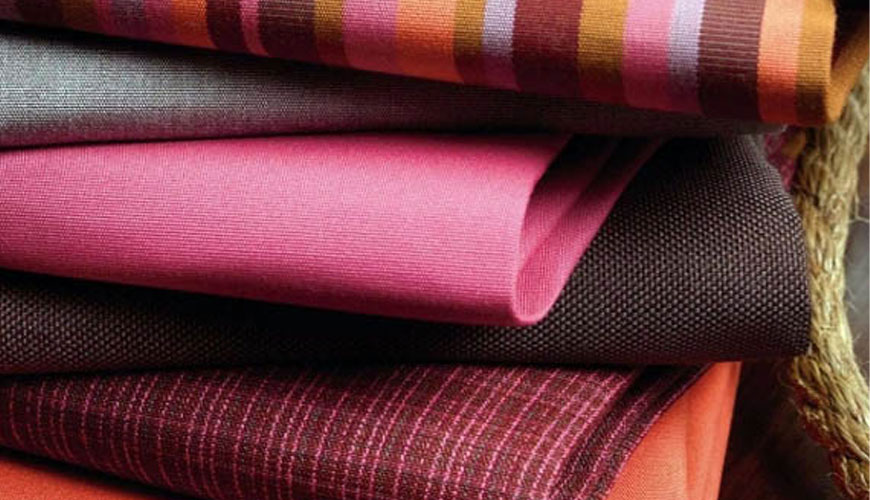

The ASTM D629 test covers procedures for determining the fiber blend composition of blends of fibers. Procedures for quantitative estimation of moisture content in textiles and some non-fibrous materials for use in the analysis of blends are also described, but these are not primary methods for determining moisture content for commercial weights.

These test methods cover procedures for the following fiber types:
The analytical procedures described in the test methods apply to the listed fibers. Test methods are unsatisfactory for the separation of blends containing fibers that fall within the same generic class but differ slightly from each other physically or chemically. These test methods are not satisfactory for the identification of bicomponent fibers.
In the event of a dispute arising from differences in reported test results using D629 Test Methods for acceptance testing of commercial shipments, the recipient and supplier laboratories should perform comparative tests to determine whether there is a statistical bias. Competent statistical assistance is recommended for investigating bias. At a minimum, the two parties should receive a set of test samples that are as homogeneous as possible and from many materials of that type.
The test sample should then be randomly assigned to each laboratory an equal number of times for testing. Average results from the two laboratories should be compared using the Student's t-test and an acceptable level of probability chosen by both parties before testing begins. If a bias is found, the cause must be found and corrected, or the buyer and supplier must agree to interpret future test results in light of known bias.
The effects of various reagents used in chemical methods on residual fibers in a blend depend on the history of the fibers and are often too small or uncertain to warrant the application of correction factors, unless otherwise stated.
The fiber composition is usually expressed on the kiln dry mass of the original sample or on the kiln dry mass of the clean fiber after removal of non-fibrous materials. If non-fiber materials are not removed from the textile prior to fiber analysis, or if the treatments described are unable to remove them, such materials present will increase the percentage of fiber component they are removed from during analysis, assuming they are soluble in the solvent used.
Our organization also provides testing services to businesses within the scope of ASTM D629 Standard Test Methods for Quantitative Analysis of Textiles, within the framework of laboratory testing services.
To get an appointment, to get more detailed information or to request an evaluation, you can ask us to fill in our form and reach you.